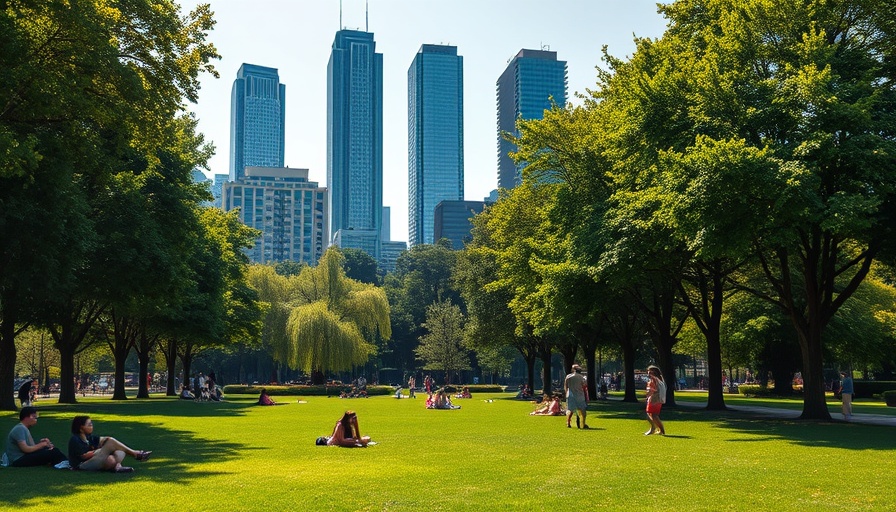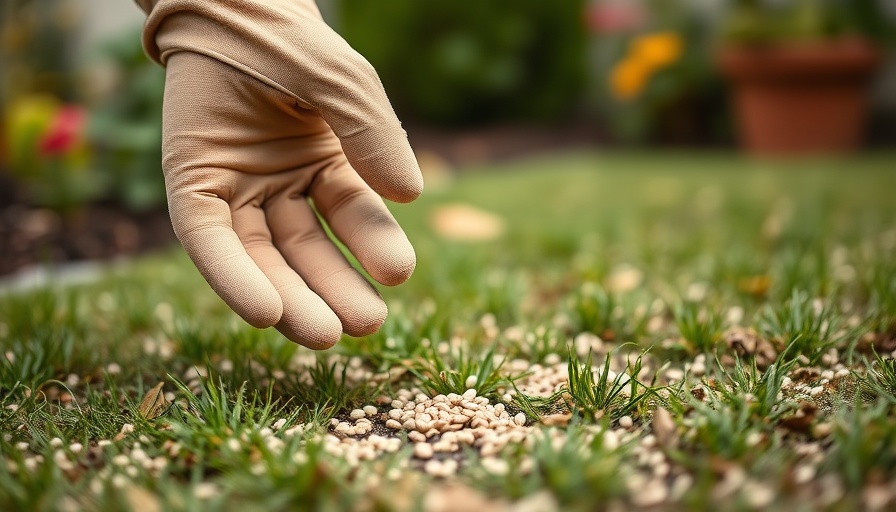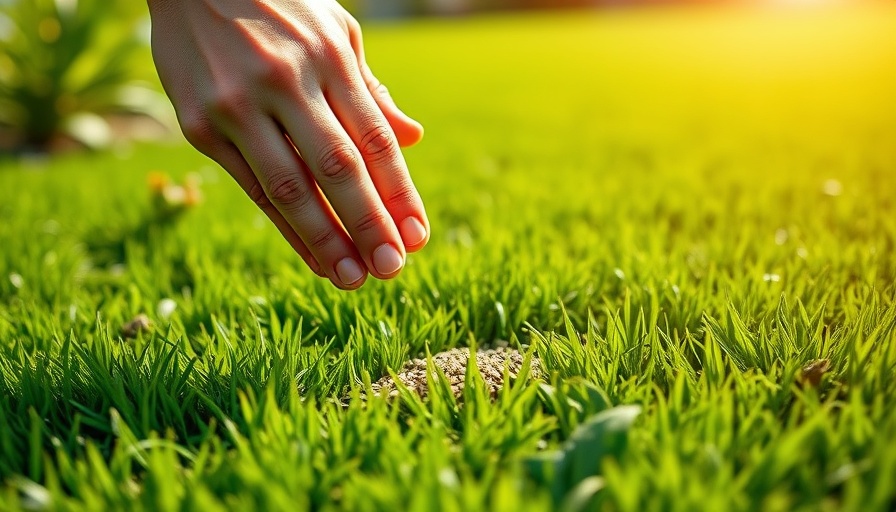
Spring is Here: Time for a Lawn Transformation
Charlotte's spring season is not just a visual delight; it's an opportunity for homeowners to rejuvenate their lawns. Ensuring a lush, thriving yard isn’t just about aesthetics but also about cultivating a space for family gatherings and outdoor activities. A well-planned spring care routine can pave the way for a vibrant lawn that thrives through the summer, thereby enhancing the value of your home.
Understanding Charlotte's Unique Climate
The transition-zone climate in Charlotte, NC, asks for a tailored lawn care strategy. With both cool- and warm-season grasses predominant in the region, your approach must cater to the specific needs of Tall Fescue, Bermuda, and Zoysia. This climate also means you'll have to deal with local soil conditions, such as its clay-heavy consistency, which can affect drainage and nutrient distribution.
Our gardening partners emphasize the importance of considering soil composition when planning spring care. Aeration can dramatically improve soil health, allowing for better nutrient and moisture absorption, which is critical as the sun begins to heat up.
Creating Your Lawn Care Strategy: 8 Essential Steps
Let’s dive into a streamlined checklist that emphasizes not just maintenance but also proactive care tailored specifically for Charlotte lawns.
- 1. Clean Winter Debris: Begin the season by removing leaves and sticks to prevent moisture-related diseases.
- 2. Mow at the Right Time: For cool-season lawns, aim for mid-March; warm-season grasses can be mowed as early as April.
- 3. Preempt Weeds: Apply a pre-emergent herbicide by early March to block weeds before they sprout.
- 4. Fertilization by Grass Type: Tailor fertilizers; cool-season grasses thrive with different nutrients compared to warm-season varieties.
- 5. Aerate Compacted Soil: Improve soil condition through aeration, especially important given Charlotte's clay-heavy makeup.
- 6. Repair and Overseed: Patch bare spots promptly to promote a uniform lawn—and don’t hesitate to overseed if necessary.
- 7. Water Wisely: Implement a watering schedule that accounts for both rainfall and temperature spikes.
- 8. Stay Alert for Pests: Regularly check for early signs of pests or disease to act quickly.
Learning Through Experience: Local Lawn Care Insights
As Charlotte homeowners progress through these lawn care steps, numerous local strategies can aid their efforts. Consulting with neighboring gardeners or local lawn care services can unveil tried-and-tested methods specific to your area. For instance, the effective use of mulch can retain moisture and suppress weeds—something local experts frequently recommend.
Environmental Considerations: Balancing Lawn Care and Sustainability
An increasing number of residents are also recognizing the environmental impact of lawn care decisions. Using organic fertilizers and opting for more sustainable practices like composting can enhance not just your lawn's health but also the ecosystem in your neighborhood. Such practices reduce reliance on chemicals and contribute to a healthier environment.
The Long-Term Benefits of Spring Lawn Care
Investing time and effort into your lawn care now will pay dividends later. A well-maintained lawn contributes to increased property value and creates an inviting atmosphere that promotes outdoor activities. Plus, it fosters biodiversity by providing habitat for local wildlife and beneficial insects.
Fostering Community Through Lawn Care
For many homeowners, the journey of lawn care is more than just an individual effort; it’s about community. Engaging with neighbors in shared gardening initiatives can foster stronger local bonds, encouraging a culture of support where everyone can learn from one another's successes and challenges.
Charlotte’s spring is fleeting. As the summer months approach swiftly, ensure that your lawn reflects your hard work through a brisk and attentive spring maintenance plan. Residents who seize the opportunity to cultivate their green spaces will reap the rewards in both aesthetics and functionality all summer long.
 Add Row
Add Row  Add
Add 


Write A Comment